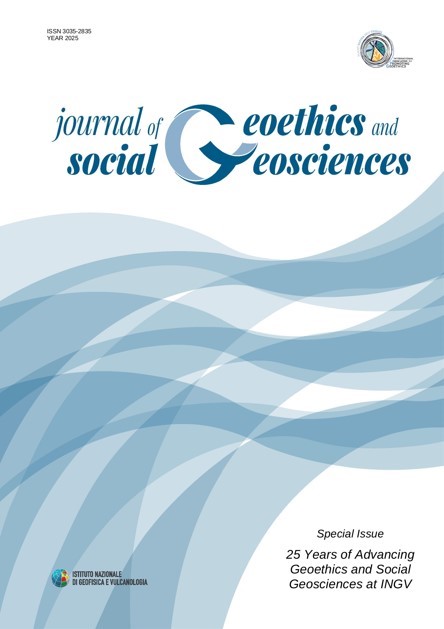Etna 2018 earthquake: rebuild or relocate? Applying geoethical principles to natural disaster recovery planning
Main Article Content
Abstract
Etna’s eastern flank is crossed by numerous seismogenic faults which cause surface faulting, resulting in the destruction of buildings and exposing the local population to risk. Rebuilding damaged buildings in earthquake-prone areas raises ethical and economic concerns. The Mw 4.9 earthquake on 26 December 2018 damaged over 3,000 buildings in an area of 205 km² inhabited by ~140,000 people on the Etna’s eastern flank. The earthquake caused ground rupture of over ten kilometres, including some urban areas. It was thus imperative to undertake a preliminary geostructural study to identify the most vulnerable tectonic zones and upgrade targeted the buildings. The study identified the homogeneous microzones in seismic prospection, namely the Zones of Attention (ZAACF), Susceptibility (ZSACF) and Respect (ZRACF) of the faults activated during the 2018 earthquake. Buildings in the ZRACF were not allowed to be repaired because they were at serious risk of future damage. Owners were offered financial compensation to rebuild in seismically safer areas. Some people initially demonstrated reluctance to accept the proposed relocation. These issues were addressed through empathetic engagement with the affected population and through the provision of clear explanations regarding the rationale for the relocation. This case study highlights the necessity of providing comprehensive support to people, taking into account the significant psychological challenges they are facing. This approach is currently being implemented in the reconstruction of other seismic areas in Italy. It has the potential to become a common and sustainable model for the reconstruction of areas affected by natural disasters.
Article Details
Issue
Section

This work is licensed under a Creative Commons Attribution 4.0 International License.

